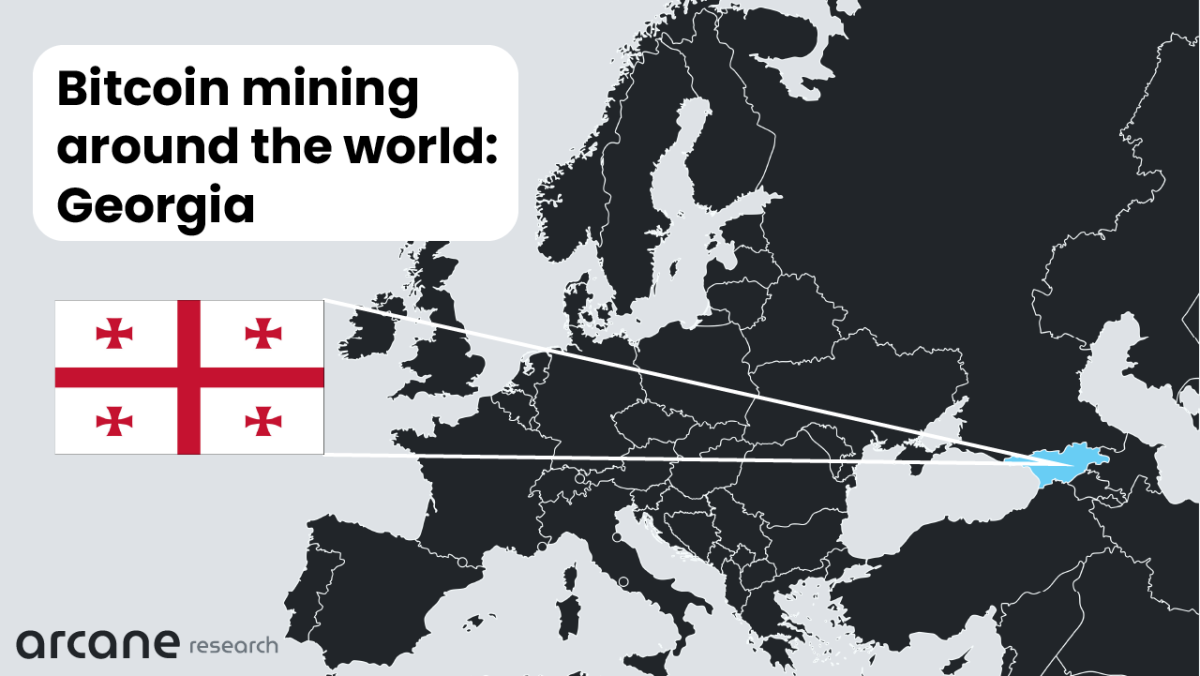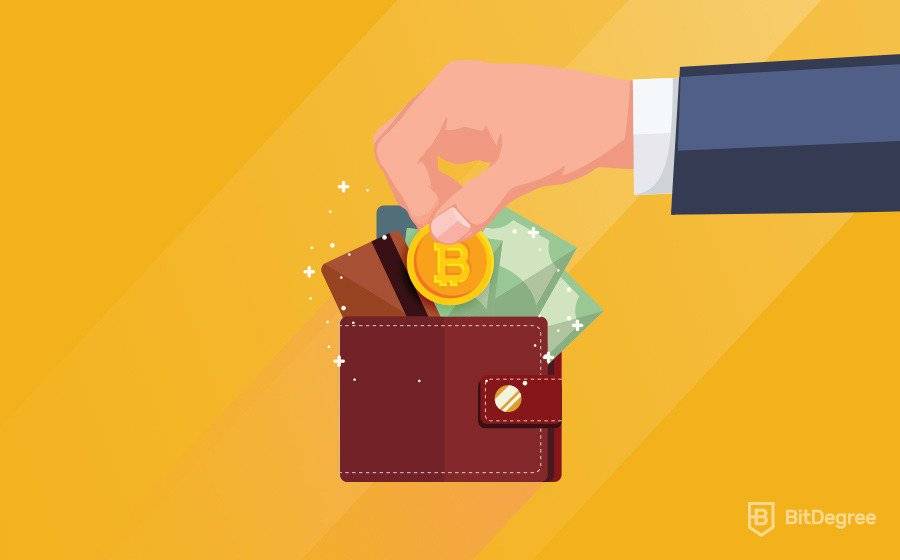
Investors often ask this question when considering the benefits of yield farm. There are several reasons you might want to do so. One reason is the potential yield farming to make significant profits. Early adopters will be able to receive high token rewards, which can increase in value. They can then reinvest their profits and sell the token rewards to make a profit. Yield farming is a proven investment strategy that can generate significantly more interest than conventional banks, but there are risks involved. DeFi is more risky than traditional banks because interest rates can fluctuate.
Investing in yield agriculture
Yield Farming is an investment strategy that allows investors to earn token rewards for a portion their investments. The tokens are able to increase in value quickly and can either be resold at a profit or reinvested. Yield Farming is a way to earn higher returns than conventional investments. However, it comes with high potential for Slippage. Furthermore, an annual percentage rate is not accurate during periods of high volatility in the market.
The DeFiPULSE site is a good place to verify the Yield Farming project’s performance. This index reflects the total value of cryptocurrencies locked in DeFi lending platforms. It also shows the total liquidity of DeFi liquidity pool. Investors use the TVL index to evaluate Yield Farming projects. This index is available on the DEFI PULSE web site. The index's rise indicates that investors are positive about this type of project.
Yield farming can be described as an investment strategy that makes use of decentralized platforms to provide liquidity for projects. Yield farming, unlike traditional banks, allows investors to make significant cryptocurrency profits from the sale of idle tokens. This strategy is built on decentralized exchanges as well as smart contracts that allow investors and parties to automate financial agreements. Investors who invest in a yield-farm can receive transaction fees, governance tokens, interest, and interest through a lending platform.

Identifying a suitable platform
It may seem simple, but yield farming isn't as easy as it seems. Among the many risks associated with yield farming is the possibility of losing your collateral. Many DeFi protocols are created by small teams and have limited budgets. This increases the risk that bugs will be found in smart contracts. There are several ways to reduce the risk of yield-farming by selecting a suitable platform.
Yield farming, a DeFi application that allows digital assets to be borrowed and lent through smart contracts, is also known as DeFi. These platforms offer crypto holders trustless options and allow them to lend their holdings to other users using smart contracts. Each DeFi application is unique in its functionality and characteristics. These differences will impact how yield farming is done. In short, each platform offers different rules and conditions for borrowing and lending crypto.
Once you find the right platform, you will be able to reap the benefits. A successful yield farming strategy involves adding your funds to a liquidity pool. This is a system consisting of smart contract that powers a platform. These platforms allow users to exchange and lend tokens in exchange for fees. These platforms pay token holders for lending them their tokens. If you're looking to simplify yield farming, it is a good idea start with a smaller platform which allows you access to a wider variety of assets.
To measure platform health, you need to identify a metric
Identifying a metric for measuring the health of a yield farming platform is critical to the success of the industry. Yield farming involves the earning of rewards through cryptocurrency holdings like bitcoin or Ethereum. This process could be compared to staking. Yield farming platforms are partnered with liquidity providers who increase liquidity pools' funds. Liquidity providers are paid a commission for their liquidity services, typically through the platform's fees.

A metric that can determine the health of a yield farming platform is liquidity. Yield farming is an automated market-maker model that uses liquidity mining. Yield farming platforms offer tokens that can be pegged to USD and other stablecoins in addition to cryptocurrency. Liquidity providers receive rewards based on the value of the funds they provide and the protocol rules that govern the trading costs.
It is crucial to identify a metric that measures a yield farming platform in order to make an informed investment decision. Yield farming platforms can be volatile and subject to market fluctuations. These risks could be mitigated by the fact that yield farm is a kind of staking. It requires users to stake crypto currencies for a specified amount of times in exchange for money. Lenders and borrowers should be aware of the risks involved in yield farming platforms.
FAQ
In 5 years, where will Dogecoin be?
Dogecoin's popularity has dropped since 2013, but it is still available today. We think that in five years, Dogecoin will be remembered as a fun novelty rather than a serious contender.
What is the minimum amount to invest in Bitcoin?
Bitcoins can be bought for as little as $100 Howeve
Can You Buy Crypto With PayPal?
You cannot buy cryptocurrency using PayPal or your credit cards. There are several ways you can get your hands digital currencies. One option is to use an exchange service like Coinbase.
Statistics
- “It could be 1% to 5%, it could be 10%,” he says. (forbes.com)
- This is on top of any fees that your crypto exchange or brokerage may charge; these can run up to 5% themselves, meaning you might lose 10% of your crypto purchase to fees. (forbes.com)
- Something that drops by 50% is not suitable for anything but speculation.” (forbes.com)
- Ethereum estimates its energy usage will decrease by 99.95% once it closes “the final chapter of proof of work on Ethereum.” (forbes.com)
- In February 2021,SQ).the firm disclosed that Bitcoin made up around 5% of the cash on its balance sheet. (forbes.com)
External Links
How To
How to get started investing in Cryptocurrencies
Crypto currencies are digital assets that use cryptography (specifically, encryption) to regulate their generation and transactions, thereby providing security and anonymity. Satoshi Nagamoto created Bitcoin in 2008. There have been many other cryptocurrencies that have been added to the market over time.
Crypto currencies are most commonly used in bitcoin, ripple (ethereum), litecoin, litecoin, ripple (rogue) and monero. The success of a cryptocurrency depends on many factors, including its adoption rate and market capitalization, liquidity as well as transaction fees, speed, volatility, ease-of-mining, governance, and transparency.
There are many ways to invest in cryptocurrency. You can buy them from fiat money through exchanges such as Kraken, Coinbase, Bittrex and Kraken. You can also mine your own coin, solo or in a pool with others. You can also purchase tokens through ICOs.
Coinbase is the most popular online cryptocurrency platform. It lets users store, buy, and trade cryptocurrencies like Bitcoin, Ethereum and Litecoin. Users can fund their account using bank transfers, credit cards and debit cards.
Kraken is another popular exchange platform for buying and selling cryptocurrencies. It allows trading against USD and EUR as well GBP, CAD JPY, AUD, and GBP. Some traders prefer to trade against USD in order to avoid fluctuations due to fluctuation of foreign currency.
Bittrex is another well-known exchange platform. It supports over 200 cryptocurrencies and provides free API access to all users.
Binance is a relatively young exchange platform. It was launched back in 2017. It claims to be one of the fastest-growing exchanges in the world. It currently trades over $1 billion in volume each day.
Etherium is a blockchain network that runs smart contract. It uses proof-of-work consensus mechanism to validate blocks and run applications.
Cryptocurrencies are not subject to regulation by any central authority. They are peer-to-peer networks that use decentralized consensus mechanisms to generate and verify transactions.